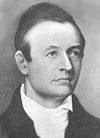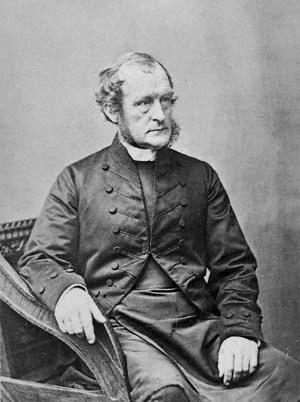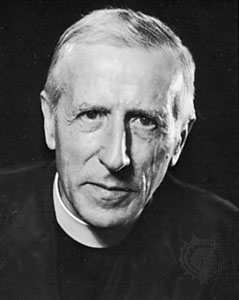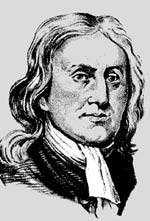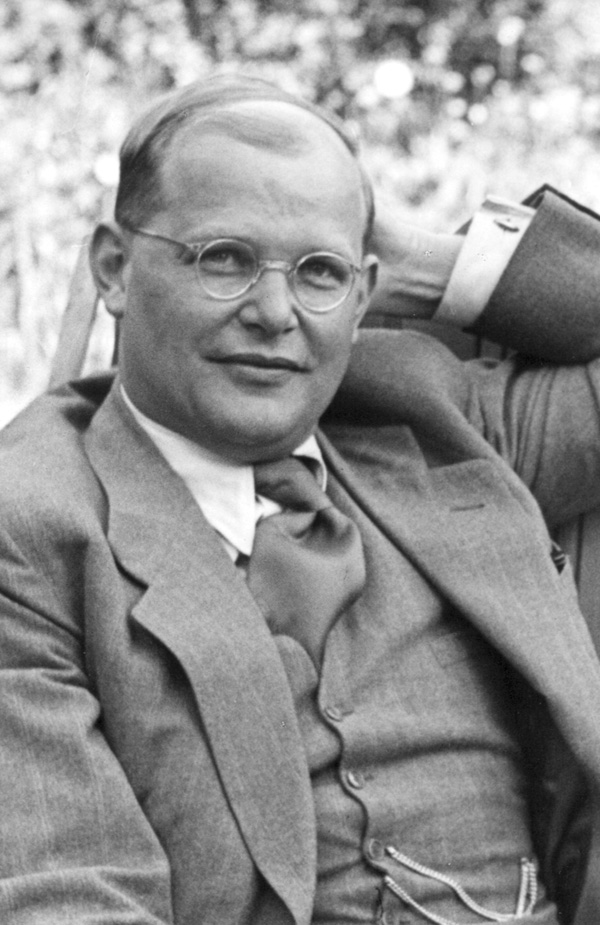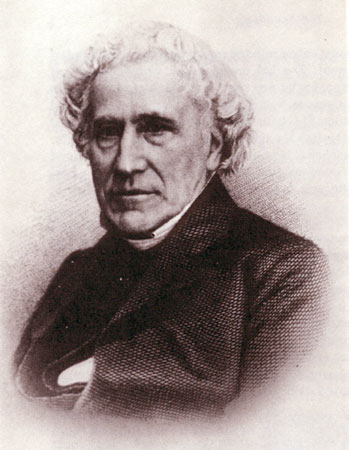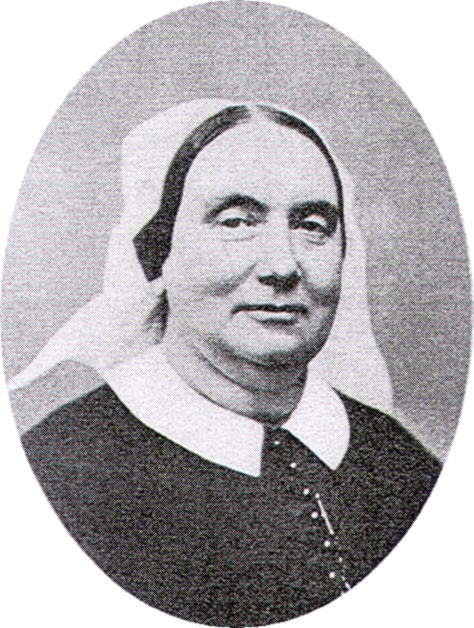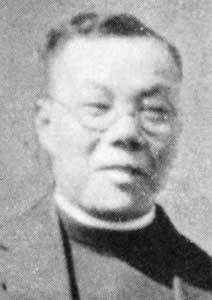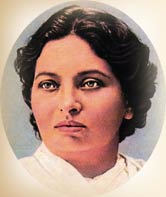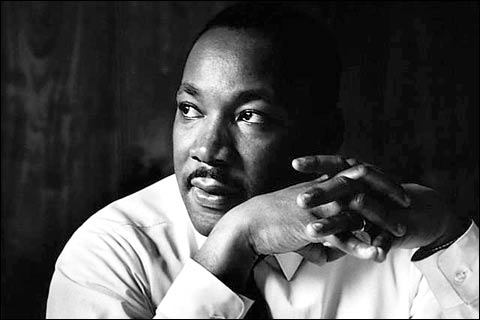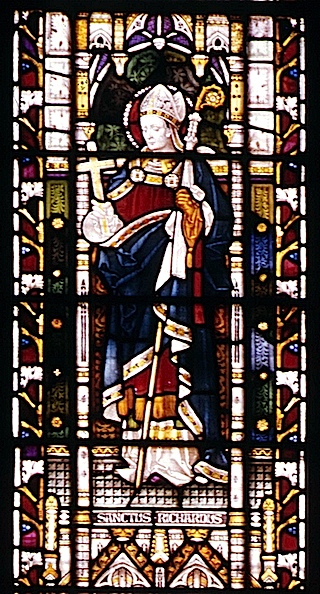Welcome to the Holy Women, Holy Men blog! We invite you to read about this commemoration, use the collect and lessons in prayer, whether individually or in corporate worship, then tell us what you think. For more information about this project, click here.
Adoniram Judson is remembered as the first American missionary to devote his life and work to proclaiming the Gospel in a distant land. He served as an American Baptist missionary to Burma, presently Myanmar, for nearly forty years.
Born into a devout Congregationalist family in Massachusetts, Judson demonstrated an unusual intellectual ability from an early age. A voracious reader and excellent student, he graduated first in his class at the College of Rhode Island, now Brown University, and further studied at Andover Theological School. Early on he was drawn toward preparing for missionary work. Judson discovered a particular gift for languages that served him well throughout his missionary endeavors.
In 1811, the American Board of Commissioners for Foreign Missions appointed Judson a missionary to the east. Early in 1812, he married his beloved Ann, and together they set sail, stopping first in India before proceeding to Burma. Upon arrival in 1813, they immersed themselves in three years of intensive study of the Burmese language.
Burma was a difficult context for mission work. It was some years before the first convert to Christianity and by the early 1820’s, only a modest handful of people—about a dozen—claimed the Christian faith. It was during this time that Judson began his monumental work of translating the Bible into Burmese and creating a Burmese grammar book that remains a standard reference work.
During the first war between Britain and Burma in the mid-1820’s, Judson was imprisoned and tortured, and his wife, Ann, though not imprisoned, suffered the indignities of being a Christian woman living under a decidedly anti-Christian regime.
It was only after the war and Judson’s imprisonment that the evangelical witness among the Burmese began to take hold. Judson’s desire to call forth a hundred converts soon bore fruit in more than a hundred congregations and thousands of converts. On Judson’s shoulders a new generation of missionaries and local pastors led unbelievers to the gospel in record numbers and Burma became a stronghold of Christian witness in the east.
Collects
I Eternal God, we offer thanks for the ministry of Adoniram Judson, who out of love for thee and thy people translated the Scriptures into Burmese. Move us, inspired by his example, to support the presentation of thy Good News in every language, for the glory of Jesus Christ; who with thee and the Holy Spirit liveth and reigneth, one God, for ever and ever. Amen.
II Eternal God, we thank you for the ministry of Adoniram Judson, who out of love for you and your people translated the Scriptures into Burmese. Move us, inspired by his example, to support the presentation of your Good News in every language, for the glory of Jesus Christ; who with you and the Holy Spirit lives and reigns, one God, for ever and ever. Amen.
Lessons
Jeremiah 9:23-24
1 Corinthians 14:6-15
Matthew 18:10-14
Psalm 93
Preface of a Saint (2)
From Holy, Women, Holy Men: Celebrating the Saints © 2010 by The Church Pension Fund. Used by permission.
* * *
We invite your reflections about this commemoration and its suitability for the official calendar and worship of The Episcopal Church. How did this person’s life witness to the Gospel? How does this person inspire us in Christian life today?
To post a comment, your first and last name and email address are required. Your name will be published; your email address will not. The first time you post, a moderator will need to approve your submission; after that, your comments will appear instantly.
